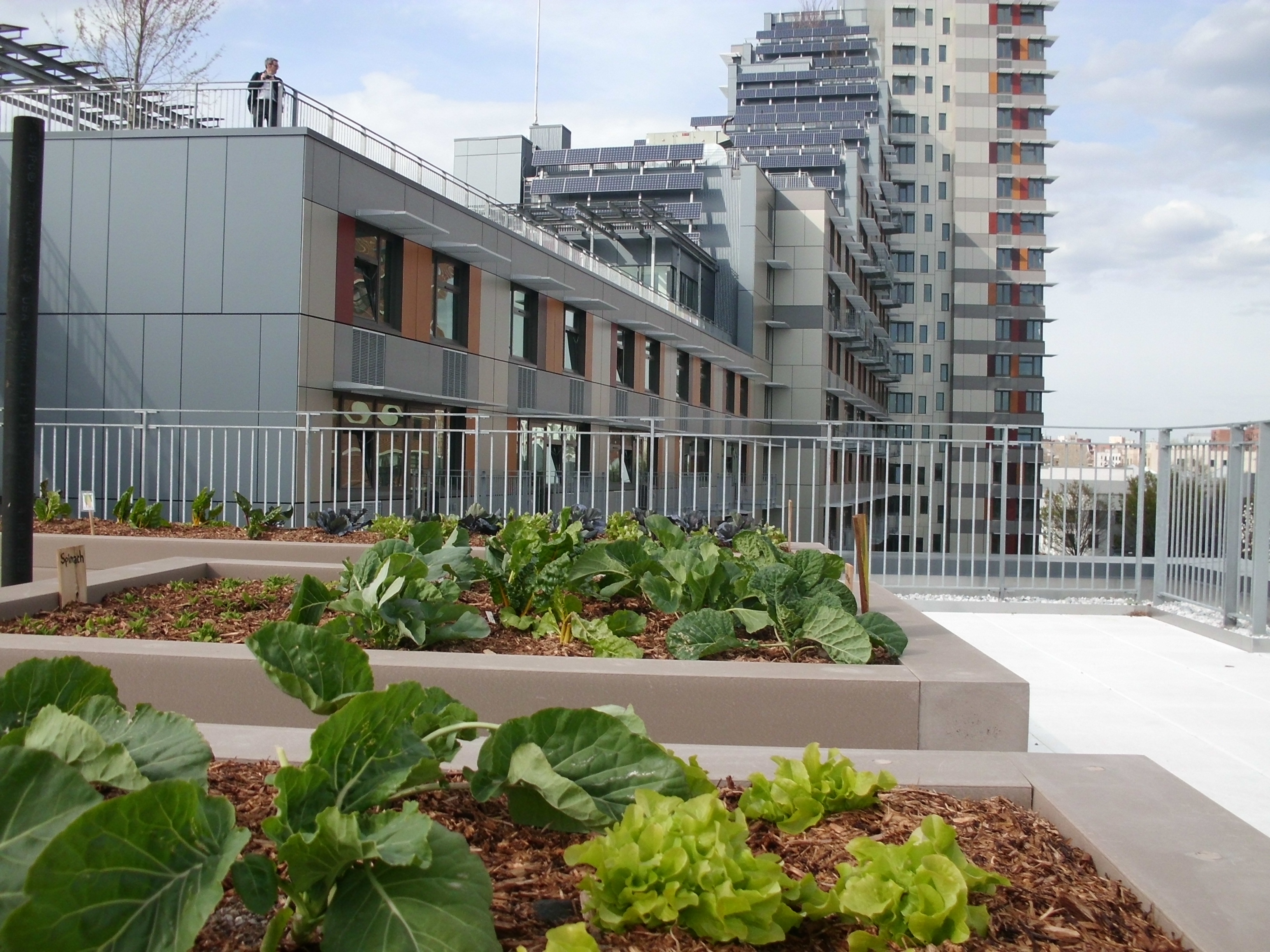by: Lance Jay Brown
AIANY past president Lance Jay Brown, FAIA, responds to Justin Shubow’s article “Architecture Continues to Implode: More Insiders Admit the Profession is Failing,” published in Forbes.
I doubt that anyone wants a world without a Fabergé egg or a Gehry fish. Nobody wants a world without the old Penn Station or the new New York Times Building. Nobody wants a world without Butterfield House or Via Verde. The complex layering of cultural artifacts, from eggs to exhibition pavilions, is evidence of our cultural richness, creating new challenges and opportunities, stimulating research, generating insights and epiphanies, and encouraging our use of new processes, new methods, new materials, and new technologies. Changing contexts, circumstances, environments, and evolving cultures are all part of the wonder we encounter as a species.
And nobody wants a world without debate.
The architectural spectrum is very broad, especially in the 21st century, when the problem-solving capabilities, the art and science, of the profession is profoundly challenged by economics, accelerated change in socio-political and economic conditions, and radical changes in both the man-made and natural environments. Kevin Lynch said it well: it is all about change. At a time when world culture is confronting terrorism and cataclysmic natural events, including an ongoing energy crisis, should we really be focusing only on what to wear to the ball?
Justin Shubow, president of the National Civic Art Society, likes to make waves. And for this we should thank him. I revel whenever architecture is discussed in the press, popular or otherwise. His self-serving 01.06.15 article in Forbes, titled “Architecture Continues to Implode: More Insiders Admit the Profession is Failing,” summarizes some of the contemporary debates between others from which he seems to conclude that all is not well. He opens by lauding a recent Gehry video quote (an absurdity taken out of context and by an architect Shubow himself criticizes), and uses it as a springboard to justify his desire to return to “traditional values,” as if we might all live at Downton Abby. The recent debates about architecture writ narrow, the ones about style, need to expand the discussion of the broader challenges: housing, both accessible and affordable for all, an urban environment that creates opportunities for social and political engagement, and solutions that promote health and happiness and beauty. Are we really going to choose between masonry and glass architecture? Of course not. Between unadorned beauty and decoration? Of course not!
There is an enormous shift taking place in response to our recent climate disasters in Sri Lanka, New Orleans, Haiti, New York, Fukushima, and dozens of other locations around the world. Science is being taxed, design is being taxed, and strides are being made. Architects are at work in the informal settlements of Durban and Johannesburg, and working on water, irrigation, and waste in India. We must recognize, applaud, and encourage these endeavors, and not allow them to be eclipsed by debates about the style of A-level projects. As evidenced at the 2014 UIA meeting in Durban, the profession is being infused by a younger, deeply committed, talented, and creative community seeking new and better ways to meet these global challenges. That is what we saw. So, let us get out of our narrow comfort zone, posturing about style, and join the global movement that is looking at broader issues and working for success.
I have never seen our architectural community be more generous with its energies than in the response to Hurricanes Katrina and Sandy. What a turnout! What a variety of responses! Have we met the challenge? Not yet, and not entirely. Are we in pursuit? Absolutely. In response to Sandy, an army of collaborative expertise and talent and entirely new institutes and programs have been created. This is not failure.
At the AIA New York Chapter our panels and exhibitions continue to address the issues of the day. From the 2014 “Civic Spirit: Civic Vision” initiatives such as “Considering the Quake” and “Open to the Public,” to our upcoming focus on the housing crisis and critical debates, we engage the substantive issues of the day. All programs and exhibitions are open to the public, and can by found in the AIANY calendar. The growth of our membership to unexpectedly high levels is an indication that, as opposed to a failing profession, we have an excited, interested, and ever younger community expanding to meet he challenges of its generation.








